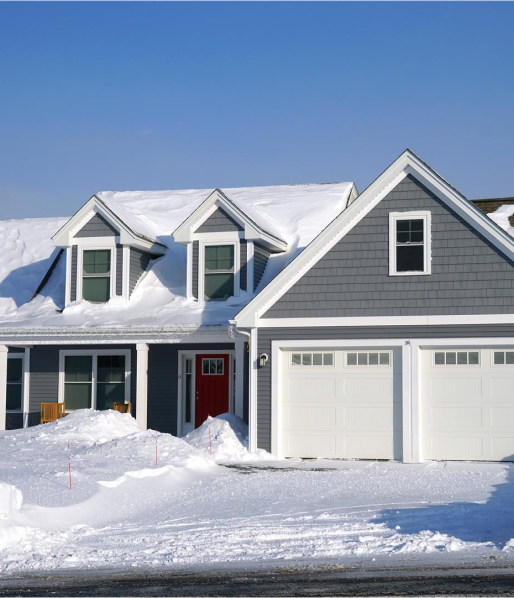info@jc-il.com
Signs of Wind Damage
Damaging winds are classified as those exceeding 50 miles per hour. Winds associated with severe thunderstorms or hurricanes are often called “straight line” winds to differentiate them from tornadoes. Wind damage is associated with more than half of all severe weather events.
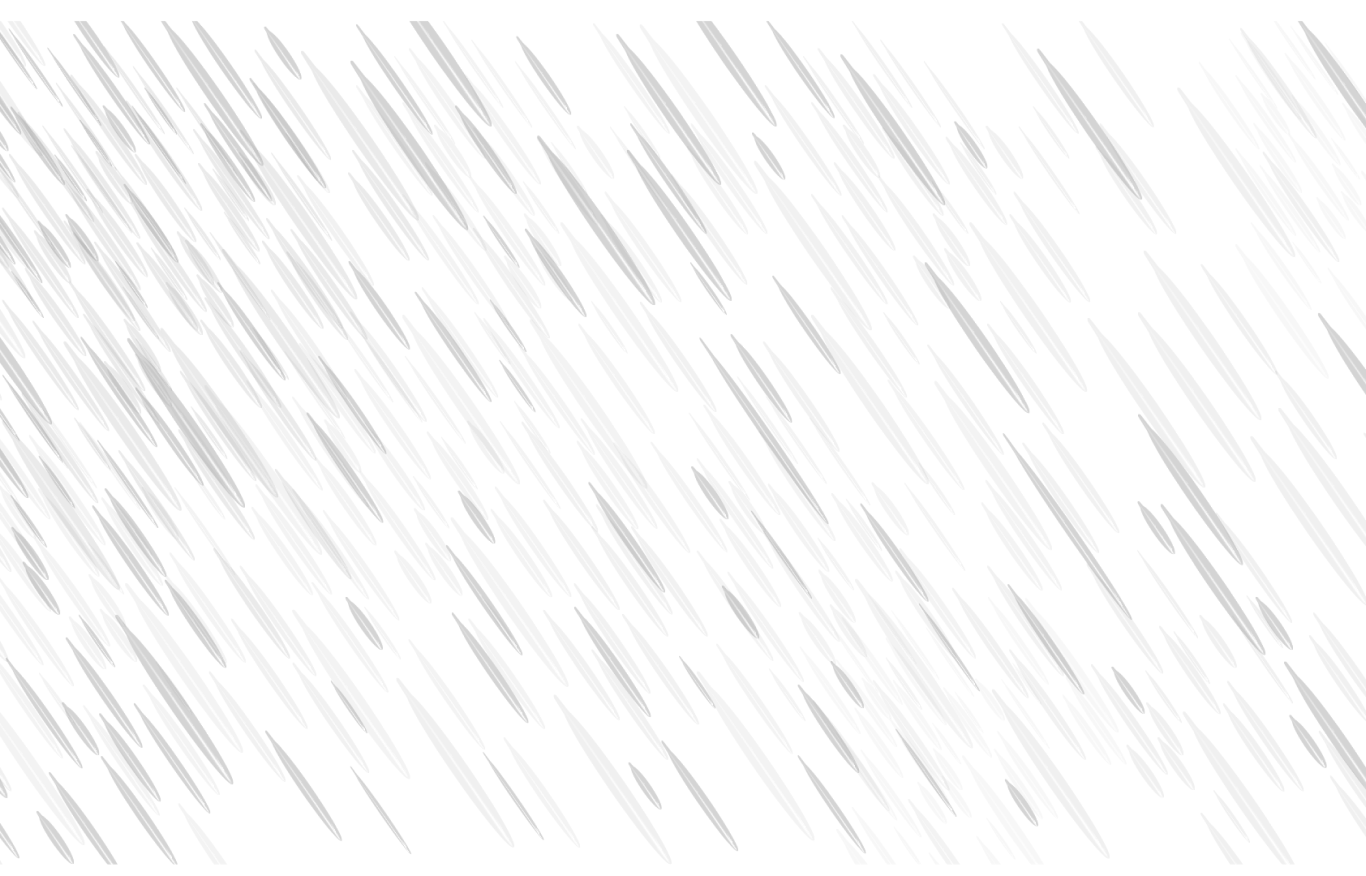
Signs of Hail Damage
Hail forms in strong thunderstorm clouds at temperatures of 32°F and below, the same range at which snow is possible. Hailstones are balls of ice, usually most damaging between 1 inch and 1.75 inch in diameter. Because they are compact, they can punch through solid objects.
Missing or Hail-Damaged Shingles

Hail damage can result in immediate loss of shingles that were intact before the storm started. Even if shingles are still present, they may be in need of replacement. Look for cracks and dents with a characteristic round shape showing the location of impact.
Clogged or Broken Gutters and Downspouts

After a storm, clogged gutters should be cleaned out as soon as possible. Water drains from a broken gutter directly down into the foot of the building. In time, this can erode the foundation and make the structure unsafe. Check all gutters and downspouts for bending and dislocation.
Ice Dams
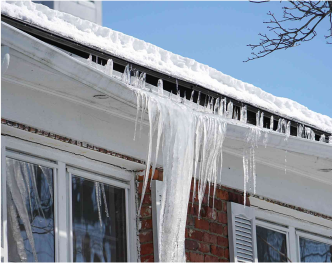
Shingle roofs that have not been maintained correctly are prone to ice dams. Ice dams develop as a result of snowmelt freezing on the eaves of the roof. This ridge of ice prevents additional water from melting snow from leaving the roof and can encourage leaks. Most ice dams are easily visible.
Signs of Storm Damage
It’s not just water driven by high wind that damages a structure. Even a small amount of standing moisture from a storm can lead to serious issues. With that in mind, it’s important to examine your home and surroundings carefully even after winds die down.
Damage to Roof Supports or Accents
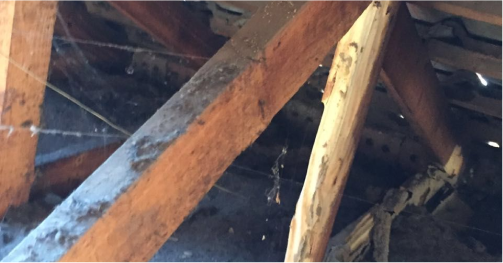
It might not always be obvious if supporting elements of your roof are damaged. Even if shingles appear to be completely intact, look for areas where water seems to pool during or after heavy rain. Also check flashing around vent pipes, your chimney, and other elements.
Visible Attic Issues and Moisture
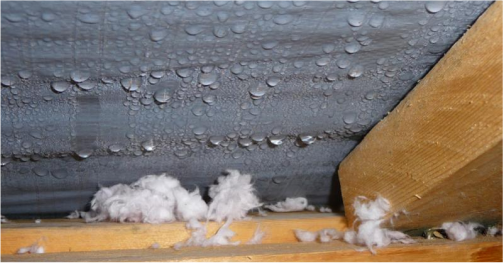
Your roof and attic make up a whole ecosystem that works together closely. Check your attic for any signs of moisture penetration that can disclose leaks. Inundated surfaces and insulation may need to be replaced to stop the development of dangerous mold or mildew.


Signs of Snow Damage
Heavy snowfall doesn’t just bring homeowners the inconvenience of shoveling snow off the driveway, but it can also cause significant structural and property damages or even total collapse which may result in evacuation or injuries.
Cracked Walls and Ceiling

Any area of a ceiling that shows signs of sagging should be immediately investigated as it could lead to a roof collapse. Although roof collapses rarely happen all at once, you’ll find that some sections will start showing strain before others.
Sagging Ceiling
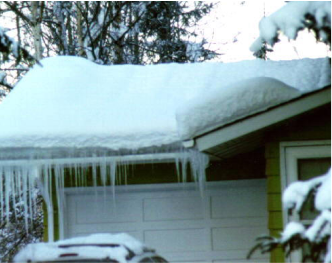
After a storm, clogged gutters should be cleaned out as soon as possible. Water drains from a broken gutter directly down into the foot of the building. In time, this can erode the foundation and make the structure unsafe. Check all gutters and downspouts for bending and dislocation.
Water Spots
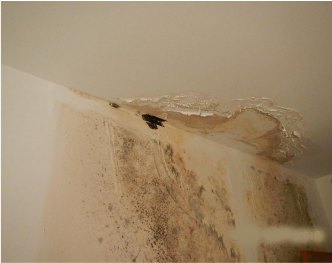
Water spots are not the only way to tell if your roof is damaged. Cracked ceilings and walls may also indicate that the excessive snow load on the roof is putting pressure on the structure of your house.
We’ve partnered with engineers & attorneys to facilitate holding the insurance companies accountable for what they’re supposed to pay!






